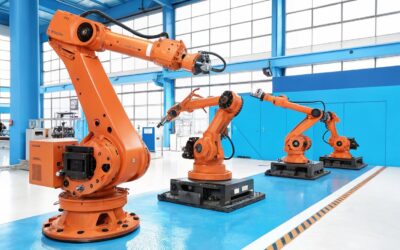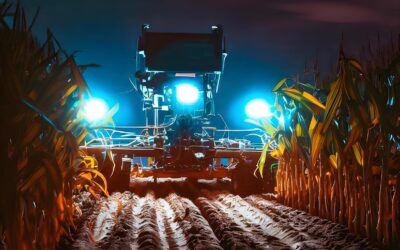Plural ➝ Actuators
- An actuator is a mechanical device that converts energy into motion. It is used to control and move a mechanism or system, such as a robot arm, a door or a valve.
Etymology
The word “actuator” comes from the Latin word “actus,” meaning “movement” or “action”.
The term was first used in the 1940s to describe mechanical devices that could control and move other machines.
Pronunciation
/ˈæktʃuˌeɪtər/
Synonyms
Motor, drive, mechanism, mover, control system
Antonyms
Brake, stop, obstruction
Derivatives Terms
Actuation, actuating, actuated
Related Terms
Sensors, control systems, automation, robotics, hydraulics, pneumatics.
Quotations and Historical References
“Every actuator in your body is activated by your mind”
Tony Robbins
Robot Institute of America (1960)
“The actuator is a key component in the control of robots and automated machinery”
Fields of Application
Actuators are used in a variety of industries, including manufacturing, aerospace, automotive, and robotics. They are used in machines such as robots, vehicles, airplanes, and medical equipment.
Examples of Use
An electric motor is used as an actuator to open and close a valve in a chemical processing plant.
A hydraulic actuator is used to move the arm of a backhoe.
A pneumatic actuator is used to control the movement of a conveyor belt in a factory.
Curiosities
The world’s largest hydraulic actuator is located in the Panama Canal and is capable of lifting a 3,800-ton gate.
The muscles in the human body can be considered biological actuators.
Piezoelectric actuators use electrically induced pressure to create motion.
Shape memory alloys are materials that can change shape when exposed to heat, and are used as actuators in some applications.
Frequently Asked Questions
What types of energy can actuators convert into motion?
Actuators can convert electrical, hydraulic, pneumatic, thermal, and other types of energy into motion.
What is the difference between a linear actuator and a rotary actuator?
A linear actuator moves in a straight line, while a rotary actuator rotates around an axis.
What is an example of an actuator in the human body?
The muscles in the body can be considered biological actuators.
How do actuators differ from sensors?
Actuators convert energy into motion, while sensors detect and measure physical properties such as temperature, pressure, or position.
What is the most common type of actuator?
Electric motors are the most common type of actuator.



